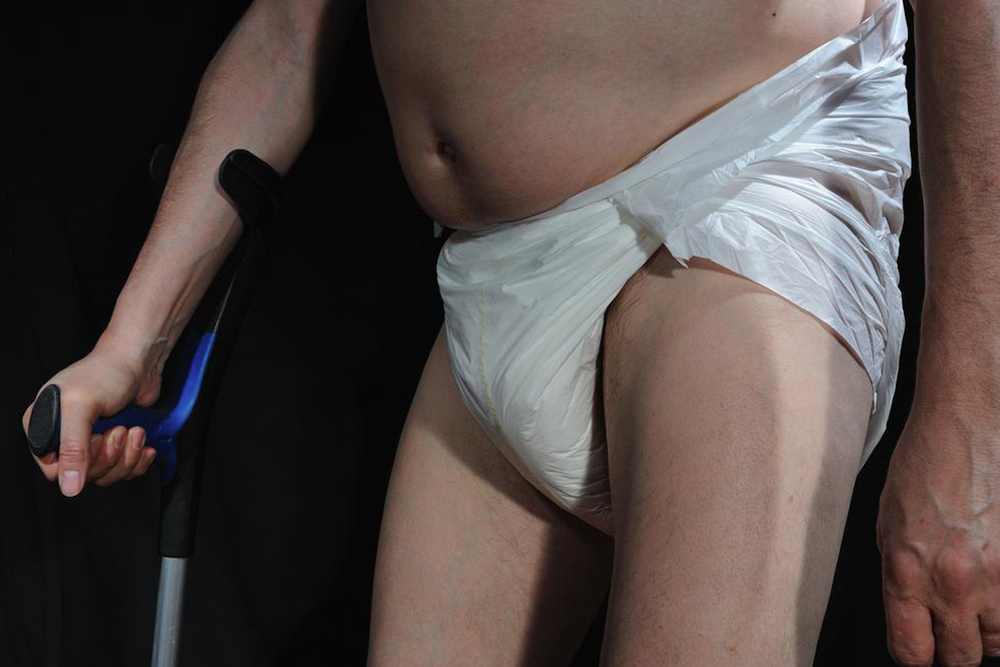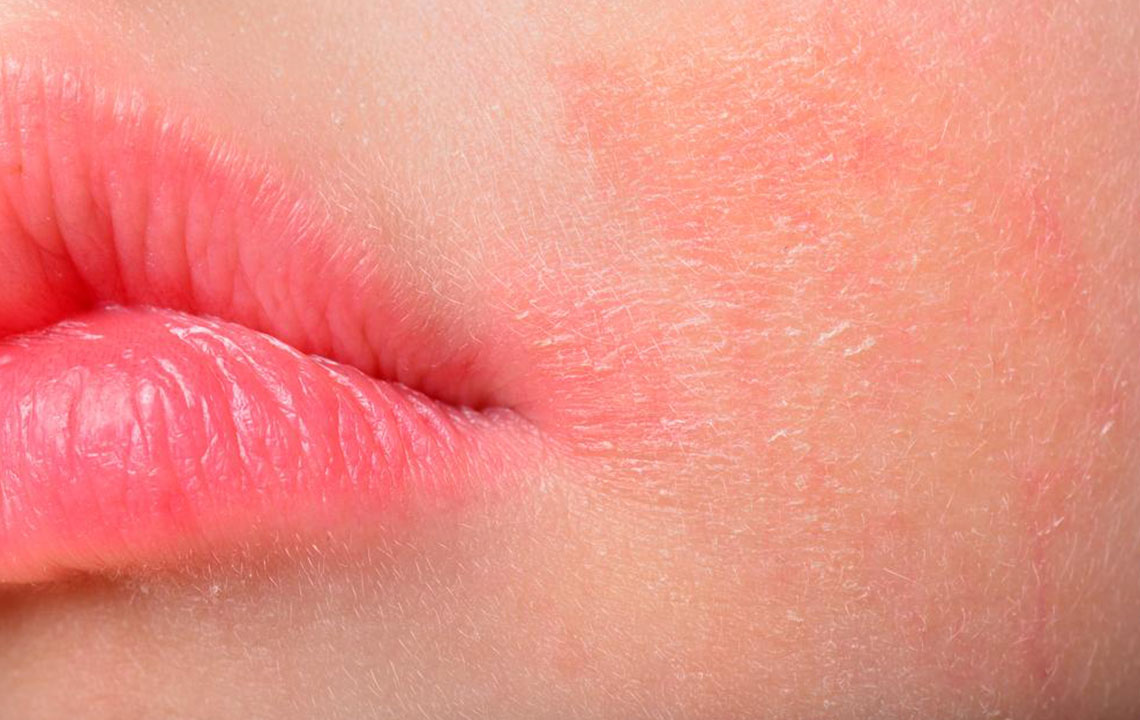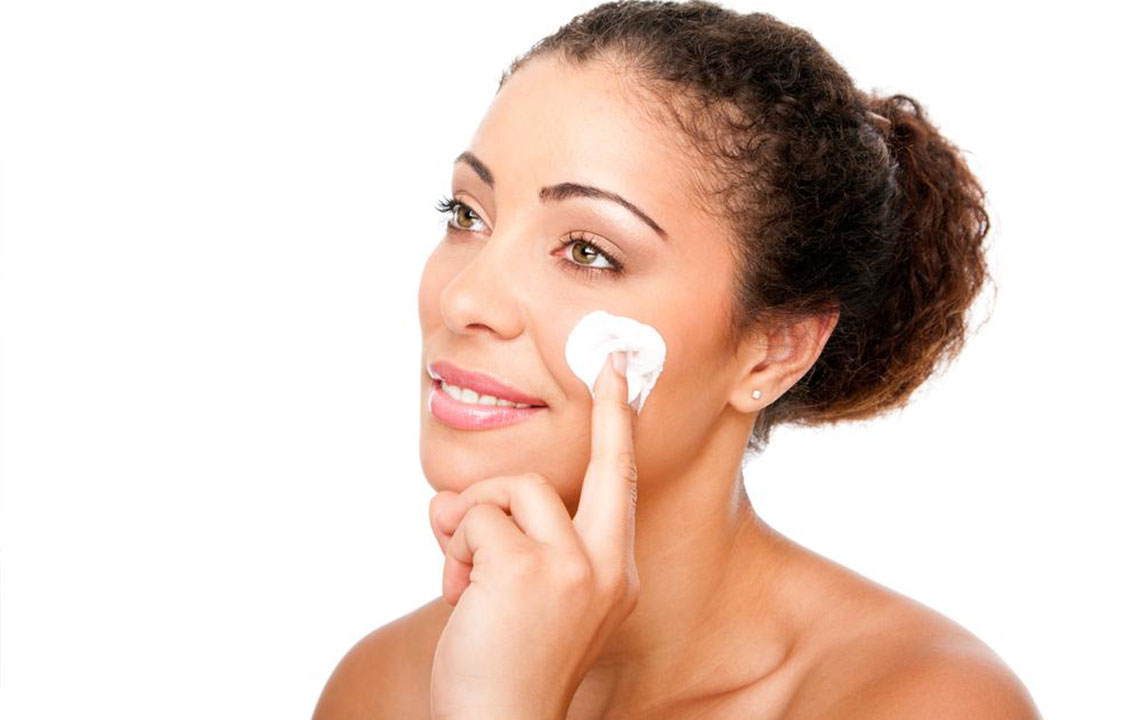Essential Insights into Adult Diapers and Managing Incontinence
This article offers comprehensive guidance on adult diapers and incontinence management, highlighting types of incontinence, benefits of diapers, and best practices for use. Suitable for caregivers, healthcare providers, and seniors, it emphasizes hygiene, comfort, and skin care to enhance quality of life. Practical tips include timely diaper changes, proper attire, and skin drying techniques, ensuring effective and dignified handling of incontinence issues.

Understanding Adult Diapers and Incontinence Management
Dealing with types of incontinence such as stress, urge, and debility can disrupt daily routines significantly. Often, their causes are beyond an individual's control. Stress incontinence occurs when weakened pelvic muscles fail to support the bladder during sudden abdominal pressure, leading to leakage. Urge incontinence involves involuntary bladder contractions, making it unpredictable. Debility incontinence is usually irreversible and requires ongoing management. Adult diapers provide a practical solution by absorbing leaks effectively, keeping skin dry and preventing infections. These products are vital in care homes and hospitals, offering comfort and hygiene for those affected.
To maximize comfort and maintain skin health, proper use of adult diapers is essential. Change them promptly when saturated, and apply barrier ointments to prevent skin irritation. Wearing loose-fitting, dark clothing helps conceal leaks, while exposing the skin to air and using dusting powders promote dryness and prevent infections.
Important Note:
The information shared on this platform aims to offer helpful insights across various topics. However, it shouldn't replace professional medical advice or treatment. The editorial team is not responsible for discrepancies or inaccuracies and acknowledges that readers should consult healthcare professionals for personalized care. Additionally, some schemes or offers mentioned may vary or may not be reflected here.







